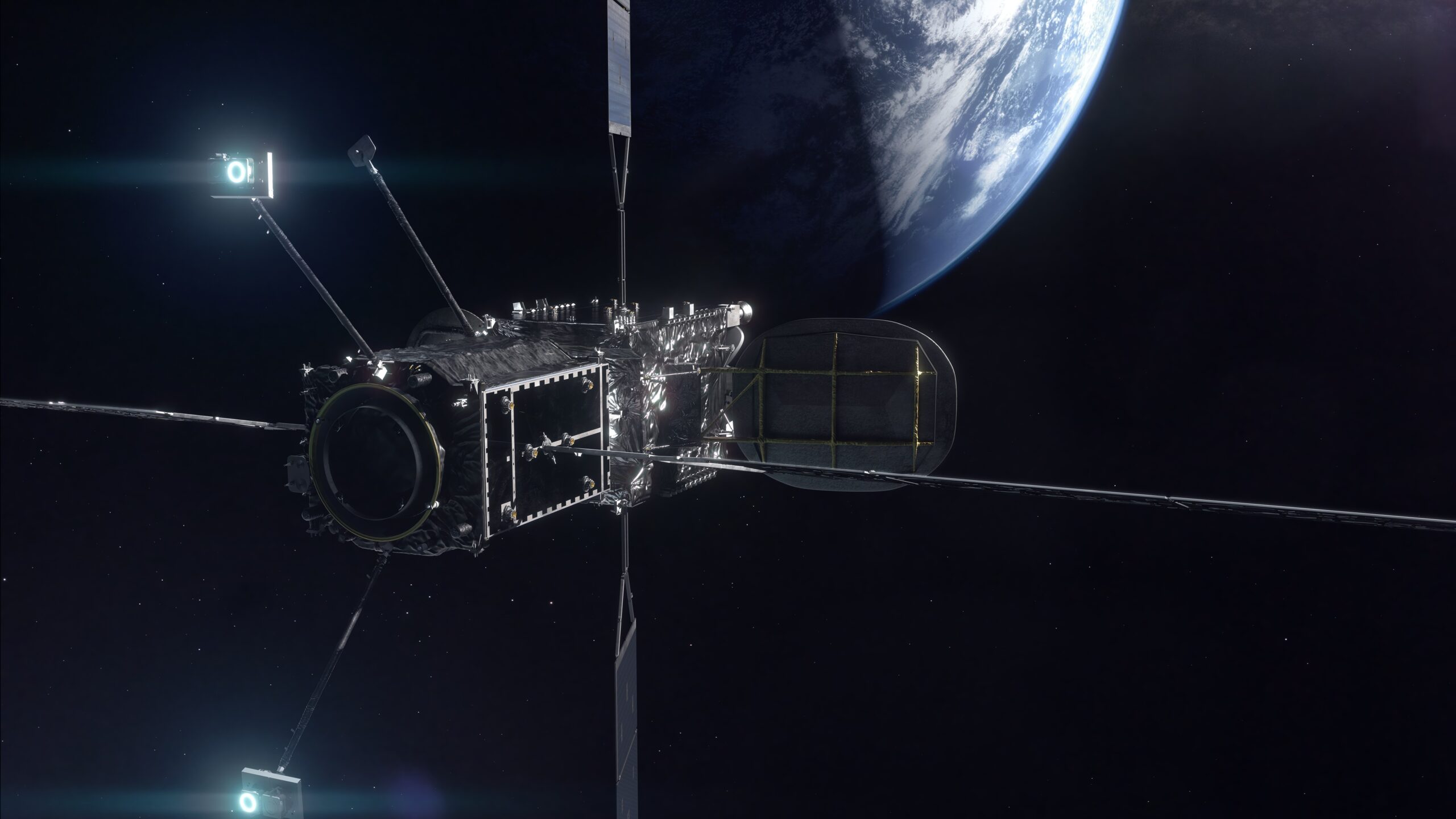The intricate ballet of handoffs in orbit: From relay races to space robotics

Space race
This year the summer Olympics will return, and track & field is undoubtedly one of the most popular disciplines. Among the disciplines in track & field is the relay race. This race is often trickier than it looks with the crucial handoff from one runner to another, one misstep can be the difference between a medal or not.
Now picture the air-to-air refueling of military aircraft. It’s the same thing, an intricate ballet of two moving objects. The tanker and the jet, that must move three dimensionally in perfect harmony, or else the naval aviator, who might be very far away from his or her carrier, could be stranded.
Increasing the longevity of satellites in space
But let’s take it to another level, literally, in space. You may not be aware, but satellites don’t orbit the earth indefinitely. They have a service life, and until recently, that meant that they would be eventually decommissioned. However, over the last few years, Northrop Grumman has invented a series of satellites that extend the life of existing satellites. How do they do it? With the same intricate ballet and handoff that might exist in a relay race or in an air-to-air refueling mission!
On 12 April 2021, Northrop Grumman’s MEV-2 (Mission Extension Vehicle) satellite successfully rendezvoused and docked to Intelsat 10-02. The maneuver was completed at 17:34 UTC, marking the first time a satellite servicer docked with an in-service commercial broadcast satellite in geosynchronous orbit (GEO).
But this was anything but a simple maneuver, because the two satellites are hurtling through space around earth and one misaligned touch from the MEV could knock the Intelsat out of orbit and disrupt the broadcasts that it was carrying around the world and send it flying into space.
For a comprehensive collection of YouTube videos showcasing MEV in action, check out this curated playlist.
How did Northrop Grumman ensure that this mission would proceed flawlessly? By using Simcenter 3D to simulate the docking procedure and ensure a smooth handoff.
Are you interested in learning more?
If so, please join us for the on-demand webinar “How Northrop Grumman leverages Simcenter for space robotics success” where Daisaku Inoyama, Manager of Structural Engineering / Multi-Body Dynamics Space Systems, Tactical Space Systems Division from Northrop Grumman Space Systems will explain how they were able to achieve mission success using Simcenter tools.
If you want to learn more on spacecraft performance engineering, check out these links:


